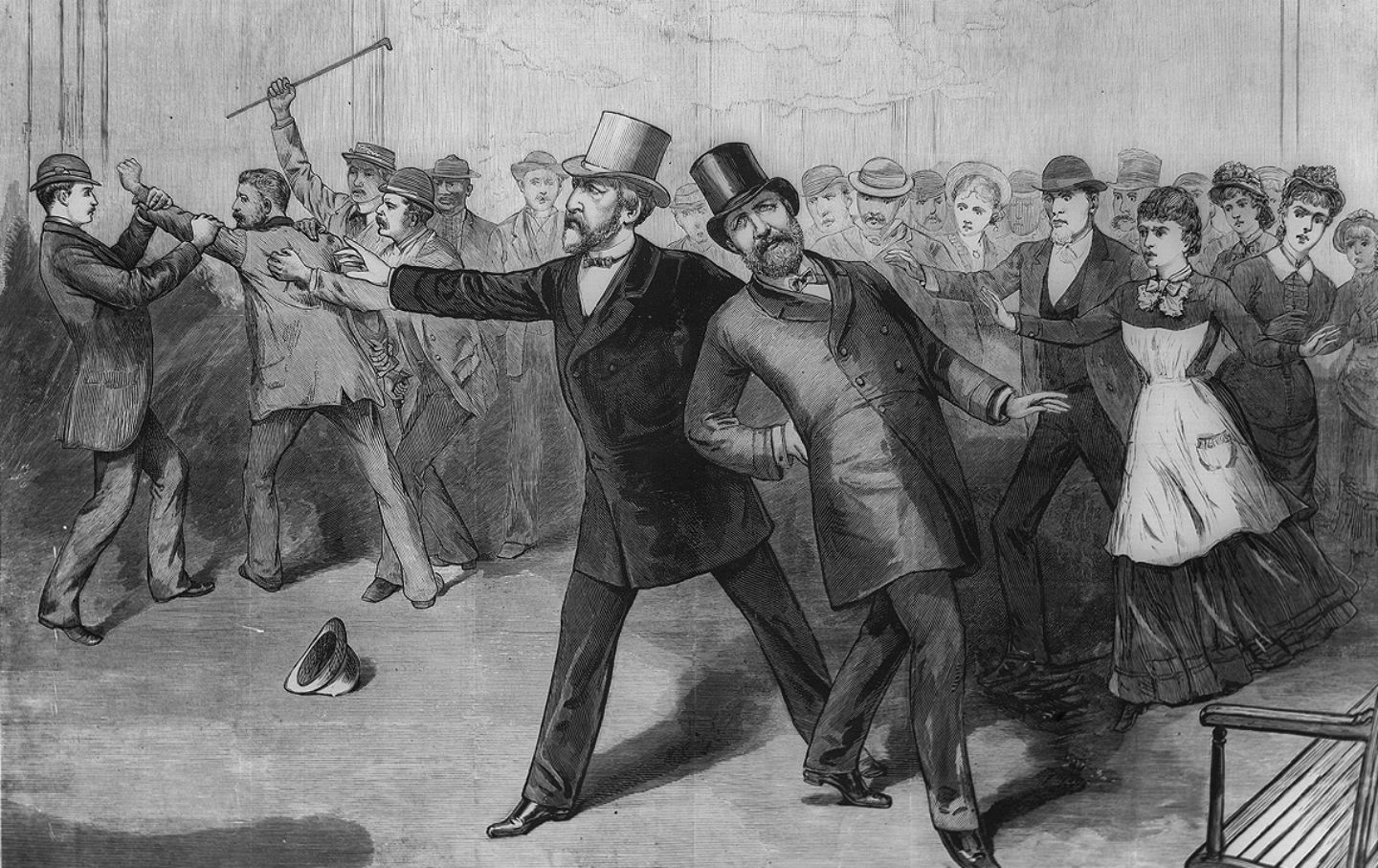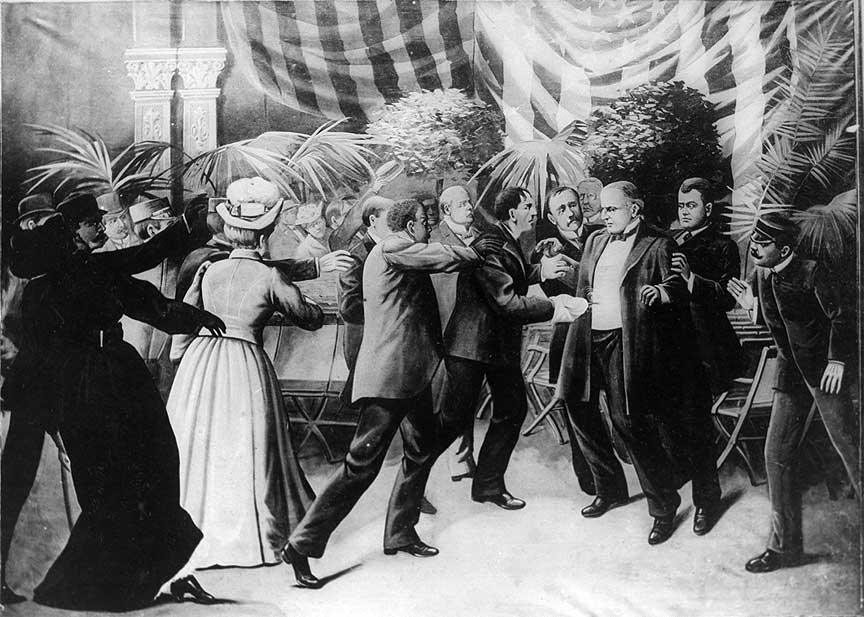The assassination of a United States president is a somber and defining moment in the country’s history—a tragic act that sends shockwaves through the nation and the world. Four sitting U.S. presidents have fallen victim to assassination, each incident leaving an indelible mark on the political landscape and public consciousness. These events not only altered the course of American history but also highlighted the vulnerabilities of the office and the ever-present threat of political violence.
Understanding the stories behind the us presidents assassinated sheds light on the individuals, the motivations of their attackers, and the lasting effects these tragedies had on American society. From Abraham Lincoln’s assassination during the Civil War to the shocking murder of John F. Kennedy in the television age, each case reveals unique circumstances that reflect the political and social climate of the time. By diving into these stories, we gain a deeper appreciation of the resilience of the nation in the face of adversity.
In this comprehensive exploration, we will examine the lives of the four presidents who were assassinated, the details of their tragic deaths, and the profound impact on the United States. With a focus on historical accuracy and engaging storytelling, this article seeks to provide valuable insight for those curious about this dark chapter in American history. Let us now uncover the stories of the us presidents assassinated and their enduring legacy.
- Who Camila Cabello Dating
- Edward Albert Jr
- Does Gronkowski Have A Girlfriend
- Cast Of The Whitney Houston Movie
- Iman David Bowie Daughter
Table of Contents
- Abraham Lincoln: Biography and Assassination
- How Was Abraham Lincoln Assassinated?
- James Garfield: Biography and Assassination
- What Happened to James Garfield?
- William McKinley: Biography and Assassination
- Was William McKinley’s Death Avoidable?
- John F. Kennedy: Biography and Assassination
- How Did John F. Kennedy Die?
- What Impact Did These Assassinations Have?
- Who Were the Assassins?
- What Security Changes Followed These Assassinations?
- Did These Events Alter the Presidency?
- Are There Any Conspiracy Theories?
- What Lessons Can Be Learned from These Tragedies?
- Conclusion: The Legacy of US Presidents Assassinated
Abraham Lincoln: Biography and Assassination
Abraham Lincoln, born on February 12, 1809, in a humble log cabin in Kentucky, rose to become one of the most revered presidents in American history. Known for his leadership during the Civil War and his dedication to abolishing slavery, Lincoln’s presidency was marked by profound challenges and transformative accomplishments. His Gettysburg Address and Emancipation Proclamation remain iconic symbols of his legacy.
| Full Name | Abraham Lincoln |
|---|---|
| Birth Date | February 12, 1809 |
| Presidency | March 4, 1861 – April 15, 1865 |
| Assassinated On | April 14, 1865 |
| Cause of Death | Gunshot wound |
How Was Abraham Lincoln Assassinated?
On the evening of April 14, 1865, President Lincoln attended a play titled “Our American Cousin” at Ford’s Theatre in Washington, D.C. During the performance, John Wilkes Booth, a well-known actor and Confederate sympathizer, entered the presidential box and fatally shot Lincoln in the back of the head. Lincoln was taken to a nearby boarding house, where he succumbed to his injuries the following morning.
Booth fled the scene but was later captured and killed during a standoff with Union soldiers. The assassination was part of a broader conspiracy to destabilize the Union government, but Booth’s co-conspirators failed to achieve their objectives. Lincoln’s death plunged the nation into mourning and left an enduring legacy of his commitment to unity and justice.
- When Was Gypsy Rose Caught
- Did Mac Miller And Ariana Grande Date
- Amazon Shop
- Paul Newman The Actor
- Laney Country Singer
James Garfield: Biography and Assassination
James A. Garfield, the 20th president of the United States, was born on November 19, 1831, in Ohio. A scholar, preacher, and Civil War general, Garfield’s political career was marked by his intelligence and dedication to reform. He served as president for less than a year before his life was tragically cut short by an assassin’s bullet.
| Full Name | James Abram Garfield |
|---|---|
| Birth Date | November 19, 1831 |
| Presidency | March 4, 1881 – September 19, 1881 |
| Assassinated On | July 2, 1881 |
| Cause of Death | Gunshot wound and subsequent infection |
What Happened to James Garfield?
James Garfield was shot on July 2, 1881, by Charles J. Guiteau, a disgruntled office seeker who believed he was owed a political appointment. Garfield was shot twice—once in the arm and once in the back—while waiting for a train at the Baltimore and Potomac Railroad Station in Washington, D.C. Despite surviving the initial attack, Garfield’s health deteriorated due to poor medical treatment, and he succumbed to infection on September 19, 1881.
The assassination highlighted the dangers of political patronage and ultimately led to civil service reform with the passage of the Pendleton Act in 1883. Garfield’s tragic death underscored the need for improved security measures for public officials.
William McKinley: Biography and Assassination
William McKinley, the 25th president of the United States, was born on January 29, 1843, in Niles, Ohio. Known for leading the nation during the Spanish-American War and promoting economic growth through protective tariffs, McKinley was a popular president who embodied the optimism of the Gilded Age. His second term, however, was cut short by a devastating assassination.
| Full Name | William McKinley |
|---|---|
| Birth Date | January 29, 1843 |
| Presidency | March 4, 1897 – September 14, 1901 |
| Assassinated On | September 6, 1901 |
| Cause of Death | Gunshot wound and subsequent gangrene |
Was William McKinley’s Death Avoidable?
President McKinley was shot twice on September 6, 1901, by anarchist Leon Czolgosz during a public meet-and-greet at the Pan-American Exposition in Buffalo, New York. Although doctors initially believed McKinley would recover, one of the bullets caused gangrene, leading to his death on September 14, 1901.
The tragedy raised questions about the adequacy of presidential security and the medical care provided to McKinley. The Secret Service was subsequently tasked with protecting the president, ensuring such incidents would be less likely to occur in the future.
John F. Kennedy: Biography and Assassination
John F. Kennedy, often referred to as JFK, was born on May 29, 1917, in Brookline, Massachusetts. As the 35th president of the United States, Kennedy’s charisma, vision, and leadership inspired a generation. His presidency saw pivotal moments such as the Cuban Missile Crisis, the push for civil rights, and the space race, but his life was tragically cut short in 1963.
| Full Name | John Fitzgerald Kennedy |
|---|---|
| Birth Date | May 29, 1917 |
| Presidency | January 20, 1961 – November 22, 1963 |
| Assassinated On | November 22, 1963 |
| Cause of Death | Gunshot wound |
How Did John F. Kennedy Die?
President Kennedy was assassinated on November 22, 1963, in Dallas, Texas, while riding in an open-top motorcade. Lee Harvey Oswald, a former Marine with alleged pro-Soviet sympathies, fired three shots from the Texas School Book Depository, fatally striking Kennedy in the head and neck. Kennedy was rushed to Parkland Memorial Hospital but was pronounced dead shortly thereafter.
The assassination shocked the nation and the world. While the Warren Commission concluded that Oswald acted alone, conspiracy theories continue to surround Kennedy’s death, making it one of the most scrutinized assassinations in history.
What Impact Did These Assassinations Have?
The assassinations of these four presidents had profound political, social, and cultural effects on the United States. They led to increased security measures, including the establishment of the Secret Service’s protective role, and spurred changes in public policy and civil rights. These events also created a sense of vulnerability for the nation, emphasizing the fragility of democratic leadership.
Who Were the Assassins?
The individuals responsible for assassinating U.S. presidents—John Wilkes Booth, Charles J. Guiteau, Leon Czolgosz, and Lee Harvey Oswald—had varying motivations, ranging from political ideology to personal grievances. Their actions have been studied extensively, offering insight into the complex interplay of individual psychology and societal tensions.
What Security Changes Followed These Assassinations?
Each assassination prompted significant changes in presidential security protocols. The Secret Service was formally assigned to protect the president after McKinley’s death, and advancements in technology and intelligence have further enhanced security measures. Today, the president’s safety is a top priority, with extensive resources dedicated to preventing such tragedies.
Did These Events Alter the Presidency?
The assassinations of these presidents reshaped the office of the presidency, emphasizing the importance of continuity and succession planning. The 25th Amendment, ratified in 1967, clarified the procedures for presidential succession and disability, ensuring a smooth transfer of power in the event of a crisis.
Are There Any Conspiracy Theories?
Conspiracy theories have surrounded the assassinations of Lincoln, Kennedy, and others, reflecting the public’s search for meaning in the face of tragedy. While some theories have been debunked, they continue to captivate the imagination, highlighting the enduring impact of these events on the national psyche.
What Lessons Can Be Learned from These Tragedies?
The assassinations of U.S. presidents underscore the importance of safeguarding democratic institutions and leaders. They remind us of the need for vigilance, unity, and resilience in the face of adversity, as well as the power of leadership to inspire and transform a nation.
Conclusion: The Legacy of US Presidents Assassinated
The stories of the us presidents assassinated are a poignant reminder of the sacrifices made in the pursuit of leadership and progress. While their lives were tragically cut short, their legacies endure, shaping the course of American history and inspiring future generations to strive for a better, more just society. By reflecting on these events, we honor their memory and reaffirm our commitment to the principles they stood for.
Related Resources:


Detail Author:
- Name : Curtis Boyle
- Username : qchamplin
- Email : bkeebler@casper.com
- Birthdate : 1983-06-04
- Address : 491 Alisa Loaf Port Skyeborough, MN 12977-3732
- Phone : +1.531.305.9089
- Company : Bradtke-Will
- Job : Legislator
- Bio : Doloremque assumenda ullam nesciunt. Iusto sunt doloremque libero laboriosam et. Totam nemo consectetur qui repellendus nesciunt.
Socials
facebook:
- url : https://facebook.com/jzboncak
- username : jzboncak
- bio : Qui quibusdam repellendus deserunt libero magnam.
- followers : 431
- following : 1315
instagram:
- url : https://instagram.com/jerrellzboncak
- username : jerrellzboncak
- bio : Non ea voluptatem architecto sit. Ut aut et provident enim. Aut et voluptatem autem ab.
- followers : 3866
- following : 1085